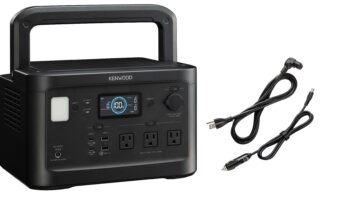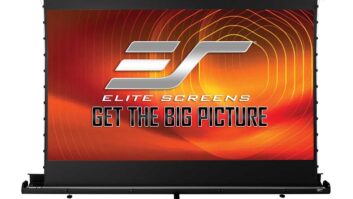Scottsdale, Ariz. – The percentage of netbooks, notebook PCs,
mobile Internet devices (MIDs) and other consumer electronics products sold
with a 3G or 4G cellular contract will grow significantly in the U.S. and throughout
the world during the next few years, an In-Stat study concluded.
The trend will be driven by carriers eager to drive up data revenues,
said chief technology strategist Jim McGregor. “In the U.S., carriers are
charging up to $60 per month for a two-year contract with the subsidized
purchase of a netbook,” he said. “While the subsidy costs the carrier $50 to
$100, it generates $1,440 or more in service fees over the life of the
contract.”
Worldwide in 2009, 31.5 percent of netbooks and smartbooks
(or devices with smartphone-like processing power and a minimum 7-inch screen)
were sold with a wireless contract, whether the device was purchased directly
from a carrier or through other channels, including retail, In-Stat said. In
2013, that percentage will hit 49.5 percent. In the U.S., the percentages are
lower but nonetheless on the upswing, the company said.
About 5.2 percent of notebook computers were sold worldwide with
wireless contracts in 2009, but that percentage will rise to 31.6 percent in
2013, In-Stat forecast. The worldwide share of MIDs sold with cellular contracts
will rise from 5.1 percent in 2009 to 14.2 percent in 2013. In both categories,
U.S. percentages are lower but nonetheless on the rise.
Other types of CE devices will also be sold increasingly
with a cellular subscription. They include portable media players (PMPs), handheld
games, personal navigation devices (PNDs) and dedicated social-networking
devices. The share of such devices sold with a contract will rise worldwide
from 4.5 percent in 2009 to 24.5 percent in 2013, In-Stat said. PMPs will
account for the largest share of the other CE devices, McGregor believes.
They’ll use wideband 4G networks to stream or download movies and other video
from a user’s library in the clouds, he explained.
In the forecasts, In-Stat did not include devices, such as
select e-readers and PNDs, whose price includes a wireless subscription.
In the long term, the trend toward buying devices with a
wireless contract will be limited unless carriers adopt new pricing plans,
McGregor told TWICE. Currently, consumers pay a monthly fee per device, but a
multi-user multi-device solution, similar in concept to family share plans,
would enable consumers to share bandwidth among multiple devices. Consumers
could then afford to buy more subscription-based devices without tapping out
their disposable income, he said.
In-Stat, like TWICE, is owned by Reed Business Information.













